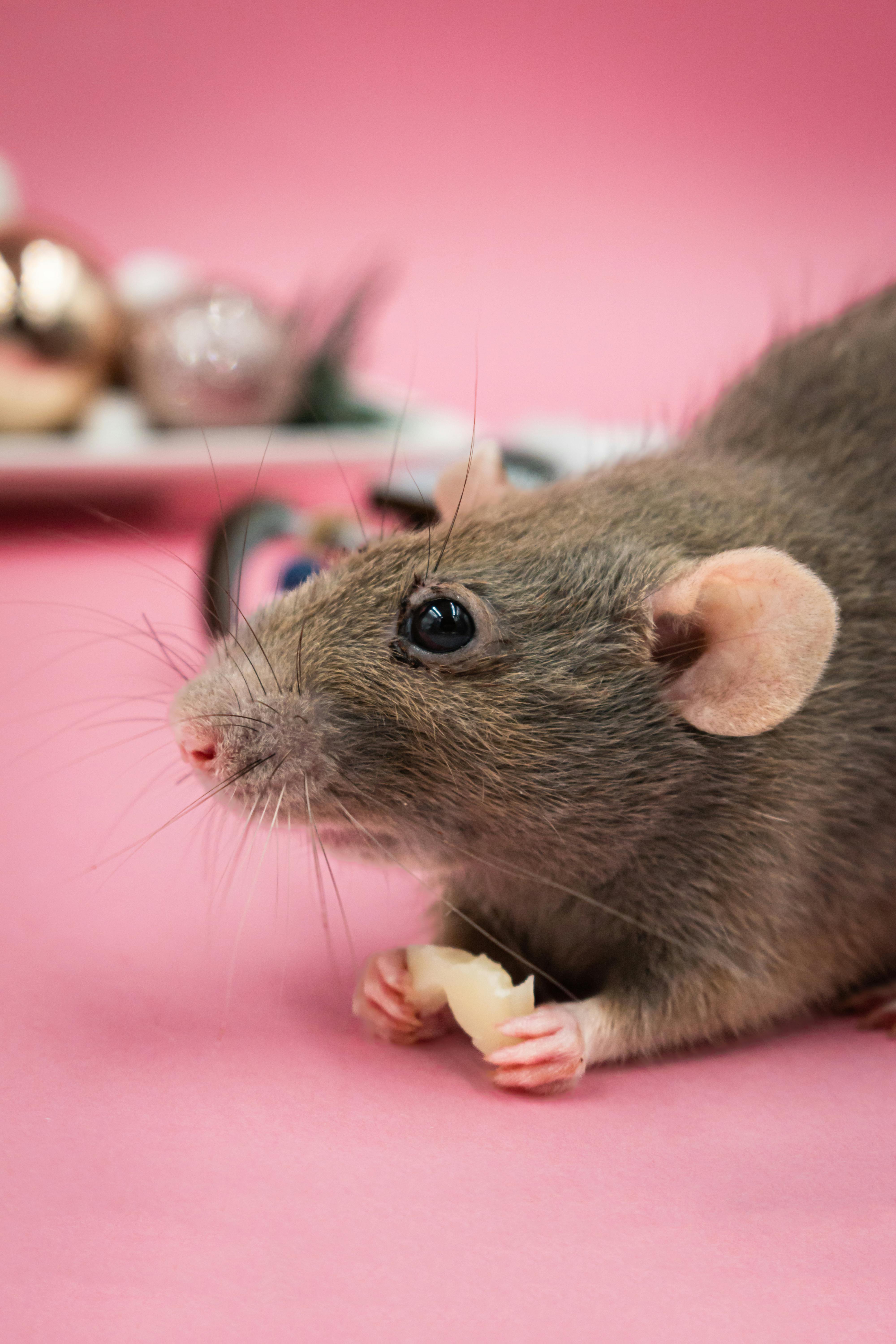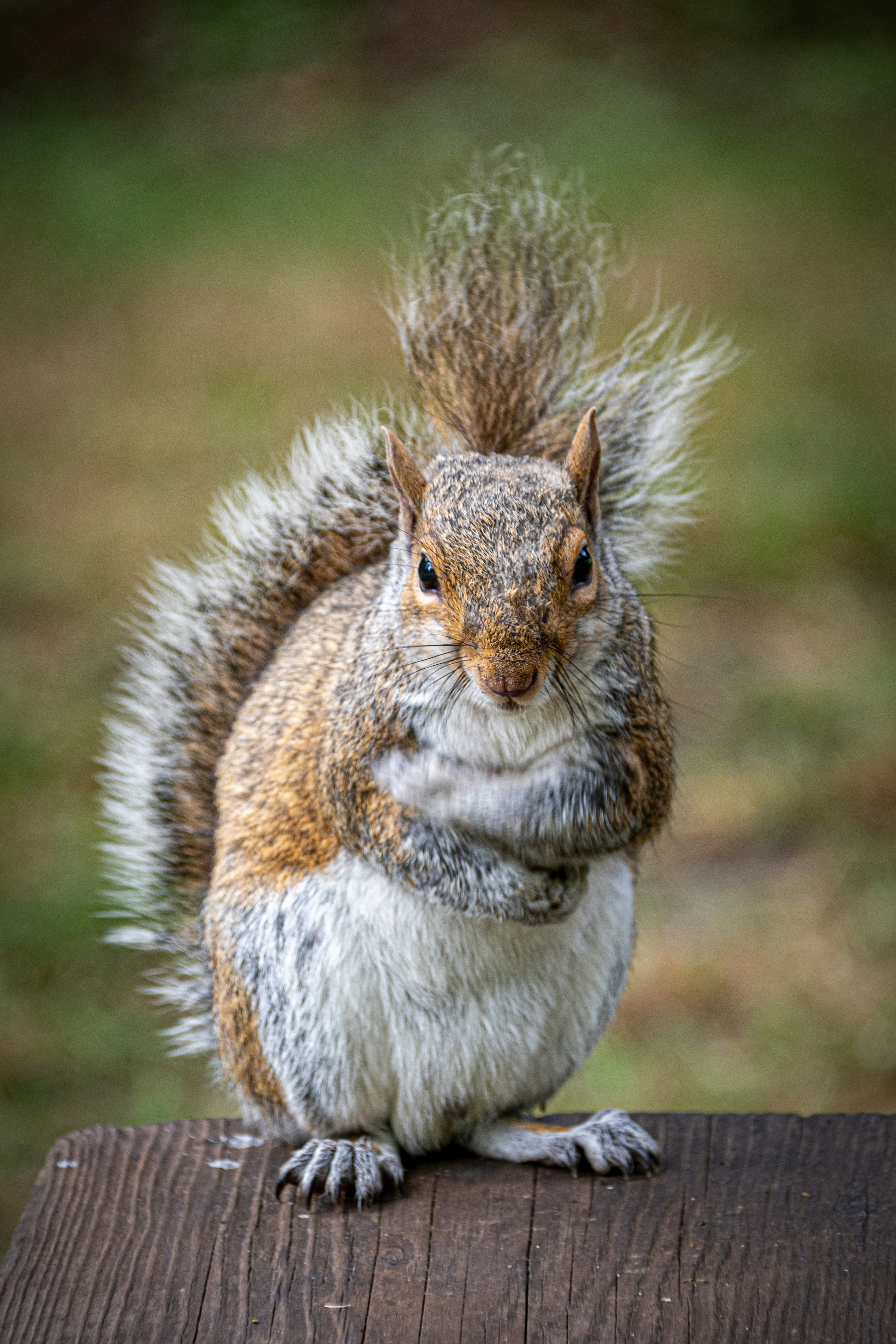Understanding Rodent Behavior

Species Identification
Proper identification of rodent species is crucial for implementing effective control strategies. The most common rodent species encountered in the US include the Norway rat, roof rat, house mouse, and deer mouse. Each species has unique characteristics and behaviors that influence the choice of control methods.
Norway Rat
The Norway rat, also known as the brown rat, is a large rodent with a blunt nose and small ears. It prefers burrowing and is commonly found in urban and rural areas. Effective control strategies include baiting, trapping, and exclusion. These rats are highly adaptable and can thrive in a variety of environments, including sewers, basements, and outdoor burrows. They are known for their aggressive behavior and can cause significant structural damage by gnawing on materials such as wood, plastic, and electrical wiring.
Roof Rat
The roof rat, or black rat, has a slender body, pointed nose, and large ears. It is an excellent climber and often nests in elevated areas such as attics and trees. Control methods include baiting, trapping, and exclusion. Roof rats are primarily nocturnal and are known for their ability to access food and nesting sites in hard-to-reach places. They can be particularly challenging to control due to their agility and preference for high locations. Effective control measures often involve sealing entry points, trimming tree branches that provide access to buildings, and using traps and bait stations placed in elevated areas.
House Mouse
The house mouse is a small rodent with a pointed nose, large ears, and a long, slender tail. It is highly adaptable and can live in a wide range of environments, from homes to commercial buildings. Control measures include baiting, trapping, and exclusion. House mice are prolific breeders and can quickly establish large populations if left unchecked. They are known for their ability to squeeze through tiny openings and can cause extensive damage by gnawing on materials such as food packaging, electrical wiring, and insulation. Effective control strategies involve identifying and sealing entry points, removing potential food sources, and placing traps and bait stations in areas where mice are active.
Deer Mouse
The deer mouse is a small rodent with a bicolored tail, white underbelly, and large eyes. It prefers rural areas and is a carrier of hantavirus. Control strategies include baiting, trapping, and exclusion. Deer mice are primarily nocturnal and are known for their ability to climb and jump. They often enter homes and buildings in search of food and shelter, particularly during the colder months. Effective control measures involve identifying and sealing entry points, removing potential food sources, and placing traps and bait stations in areas where mice are active. Additionally, it is important to take precautions when cleaning up areas contaminated by deer mice to reduce the risk of hantavirus exposure.





